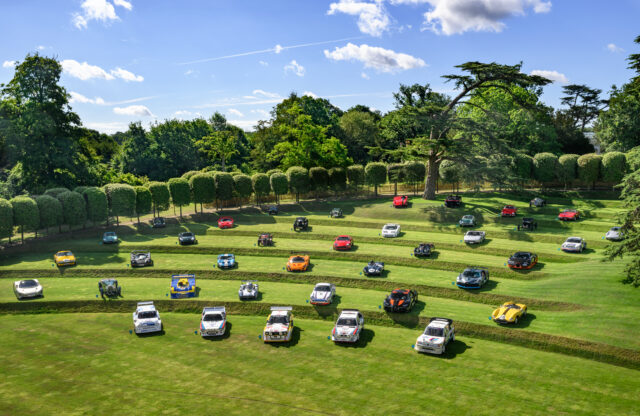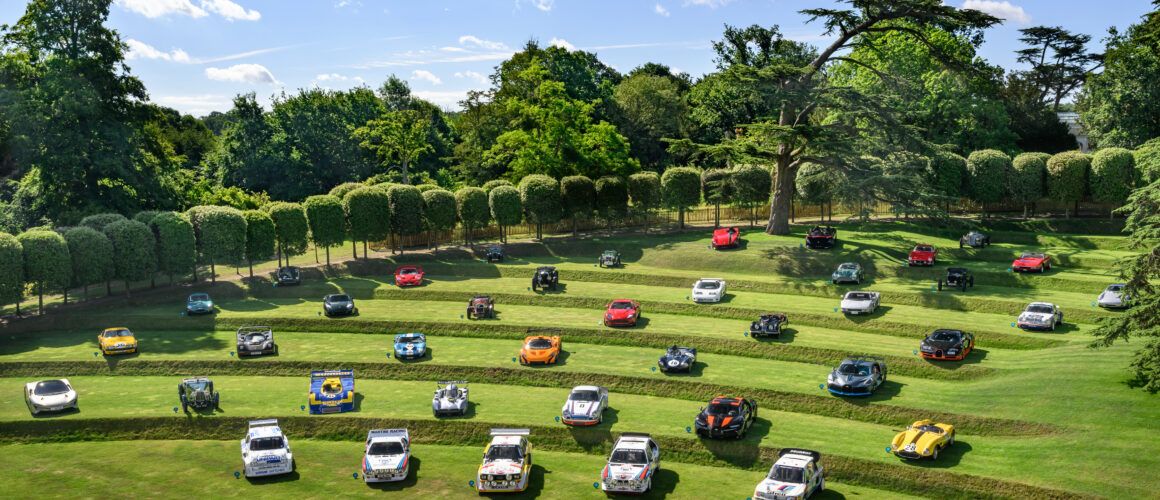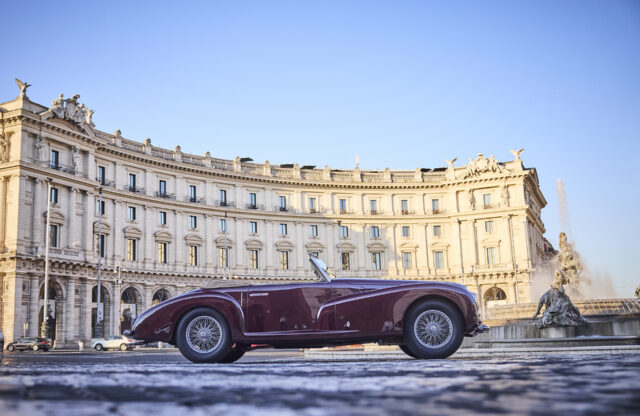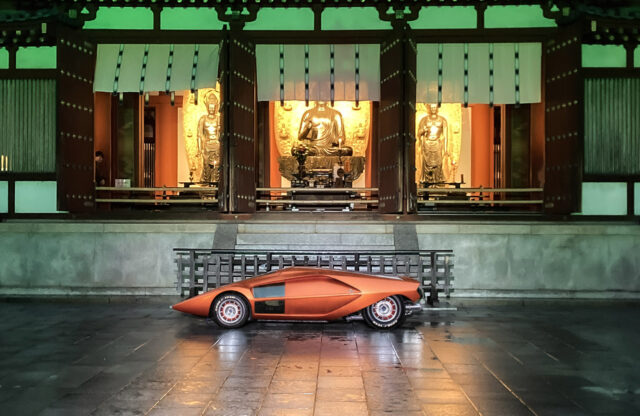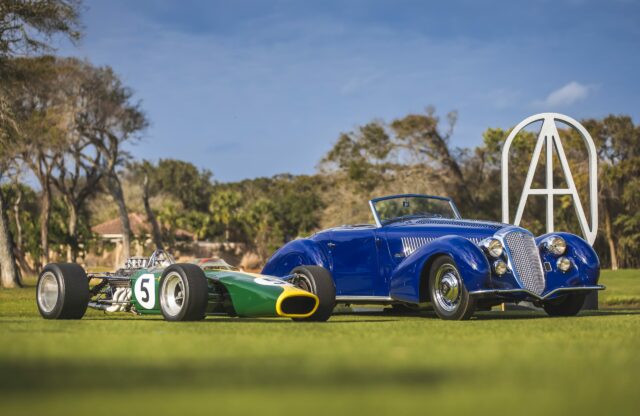Two of the most influential – if not overly successful – Formula 1 cars ever to race for the Scuderia are to star at the Heveningham Concours, which takes place on June 28-30, 2024 at Heveningham Hall in Suffolk, UK.
The Capability Brown-designed garden will play host to around 50 rarely seen cars, with a Ferrari 640 F1 and its development car, the 639, taking a leading role. Both models pioneered not only the semi-automatic paddleshift gearbox seen on today’s F1 cars, but their design and construction continue to influence the profile of modern cars.
The use of a semi-automatic gearbox allowed John Barnard to craft a slim frontal profile due to the removal of the gear linkages from the front. With most of the gearbox’s rear components put behind the engine, he designed the rest of the car around the gearbox – although not everyone in Ferrari liked the radical design. So displeased were Ferrari’s suits, that a manual gearbox version was made, but Nigel Mansell was much faster with the new seven-speed semi-automatic. He and the 640 would also break the Fiorano lap record while surrounded by ground frost, proving Barnard’s point.
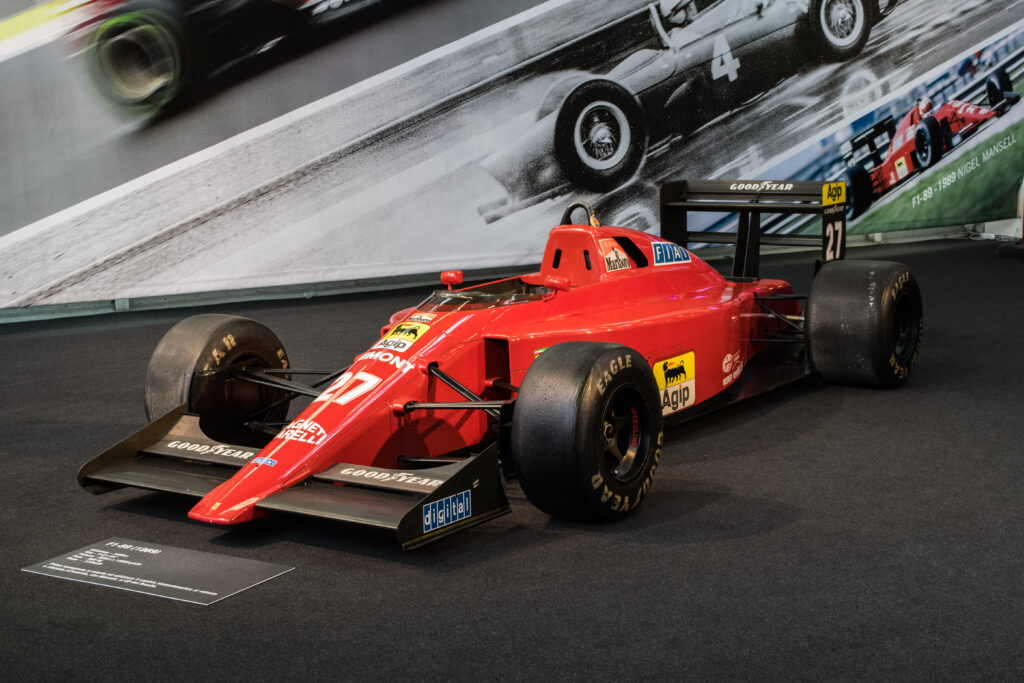
Barnard first started designing the 639 in 1987, with a view to competing in the 1988 championship – but the semi-automatic gearbox provided woes aplenty, so the Scuderia continued with the 1987-specification car for 1988. It was not only the first V12 Ferrari F1 car since 1980, but the team’s first carbonfibre-composite chassis. The 639 on show is chassis 106, which has been restored by Ferrari Classiche and is the only car in private hands – the other 639, chassis 105, has been on display at the Ferrari Museum. Chassis 106 was used for testing at Ferrari’s Fiorano test track by Mansell, Gerhard Berger and test driver Roberto Moreno.
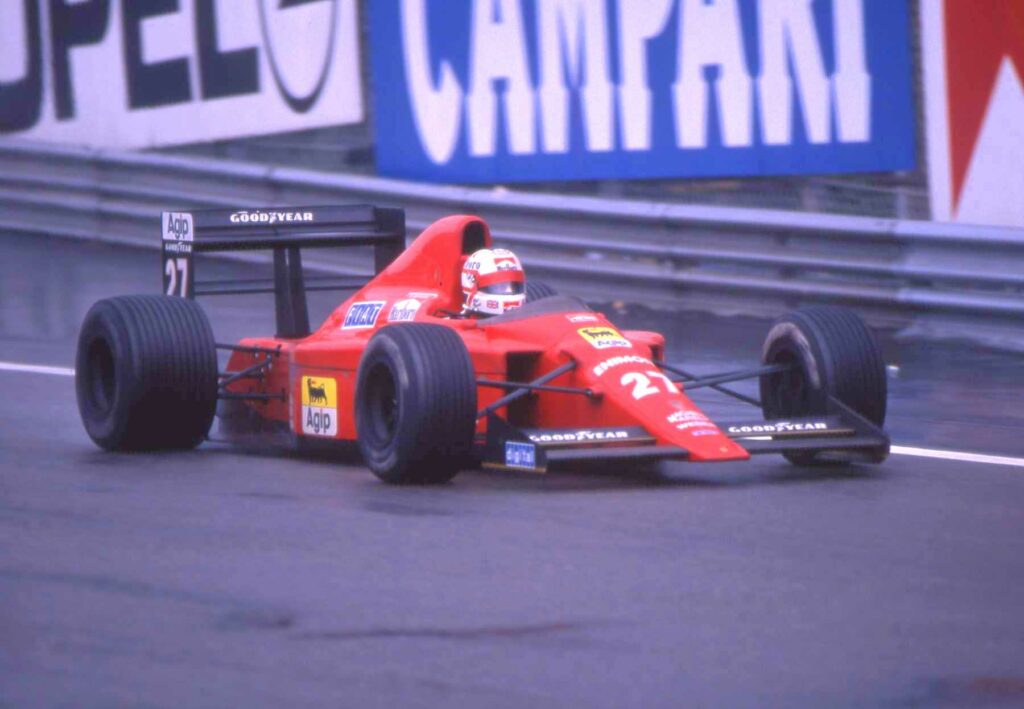
The 640 was a development of the 639 and made its debut in 1989. The car on show at the Heveningham Concours is chassis 110, which was driven by Gerhard Berger in the first five races. While Mansell delivered an emphatic victory for the model at the season-opening Brazilian Grand Prix, Berger suffered ten retirements on the trot.
By the middle of the season, the problems began to ease – following consultation with Magneti Marelli, the problem was traced to a lack of battery power. A belt that fed the alternator from the crank kept falling off; the V12 had a four-bearing crank which started to whip at a certain point in the rev range, launching the pulley off the belt. This shut down the alternator, and thus the gearbox’s electronic brain. Once this was rectified, Berger’s luck began to turn; although not in this particular chassis, the Austrian took second place at the Italian and the Spanish Grands Prix, and won the Portuguese Grand Prix.
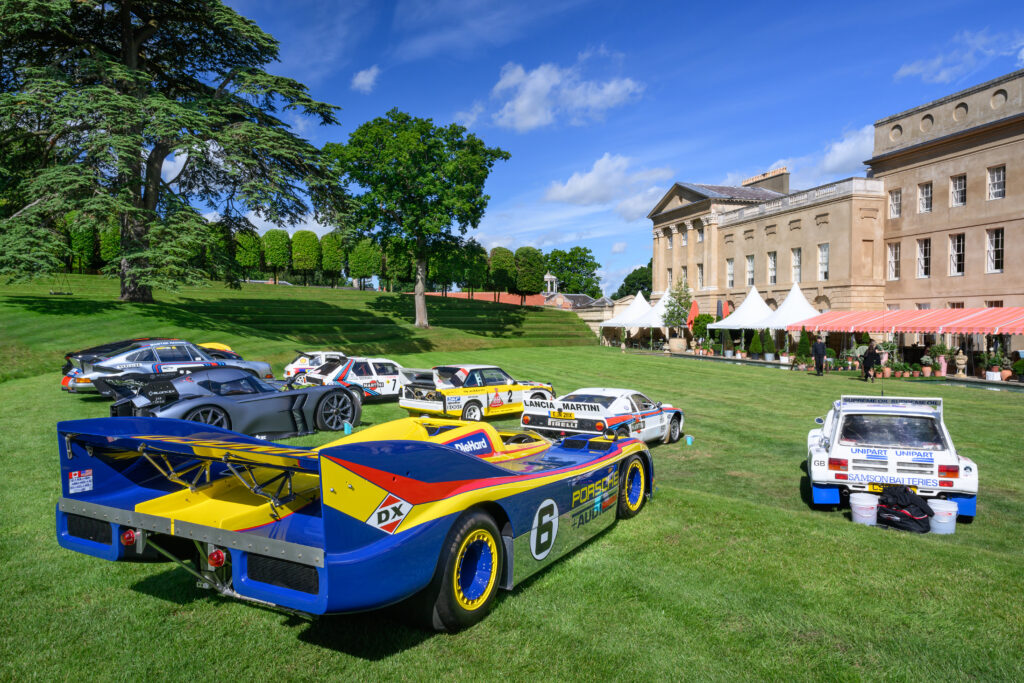
Other highlights to look forward to at the Heveningham Concours include ex-British Touring Car Championship racer Patrick Watts’s 1965 Sunbeam Tiger, fresh from the 14,000km Peking-Paris rally, as well as the chance to see some of the concours cars take on Horsepower Hill at full throttle, while a host of vintage aircraft will take to the skies above the event on both days. The event is run in tandem with the Heveningham Country Fair, showcasing a host of local craftspeople and skills; all proceeds from the event will go to local charities.
Lois Hunt, head of the Organising Committee, said: “This year, we’ve come up with a more eclectic and fascinating collection of cars than ever, and we’re delighted to welcome back our panel of judges who have truly written the story of automotive design. Style and design is at the very heart of what we do, which is why the Heveningham Concours is like no other event in the world of cars.
“We are privileged to welcome some incredibly special guests this year from all over the world, such as Pebble Beach chairman and executive director Sandra Button, and Prodrive chairman David Richards. Hosting the top manufacturers, sporting organisations and media in the automotive space, Heveningham is the destination of choice for those who really know and love cars from every era.”
For more details, head here.
